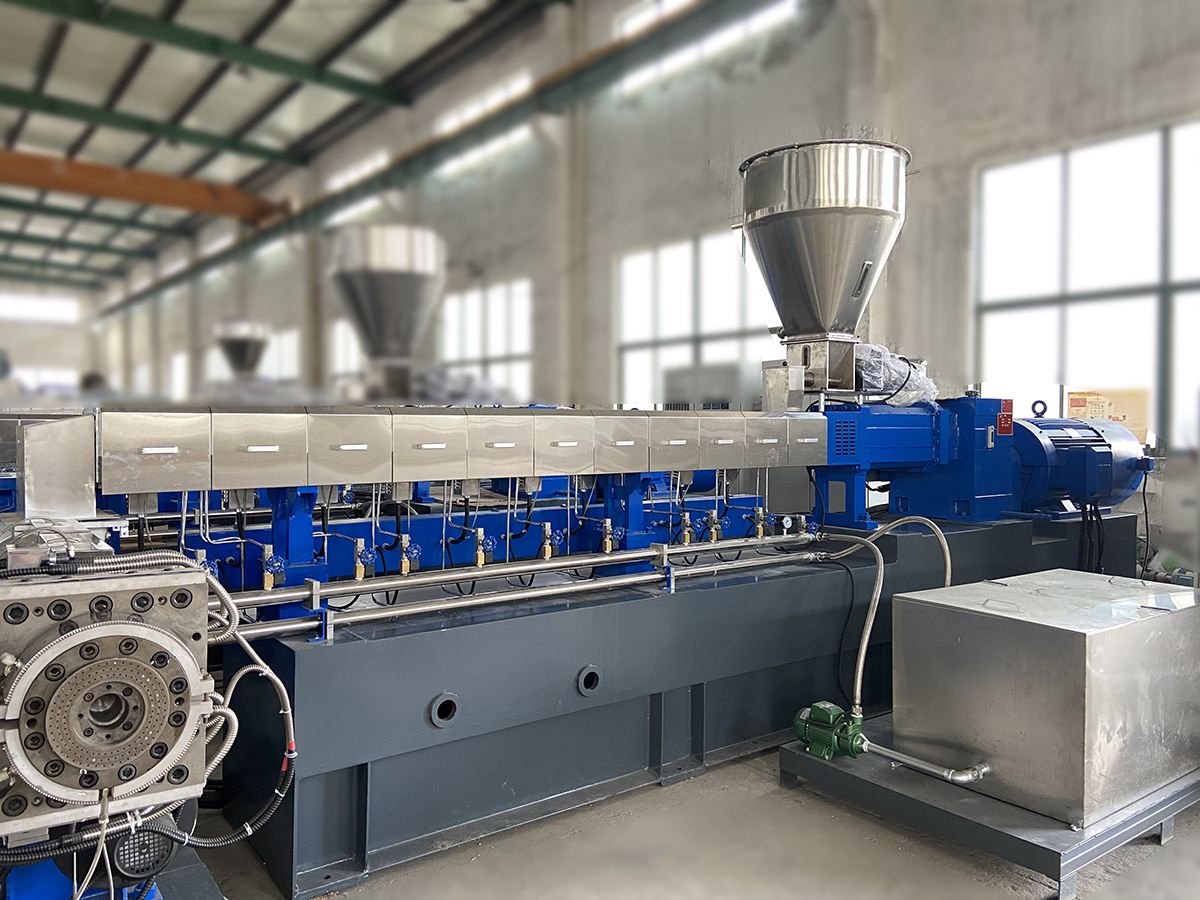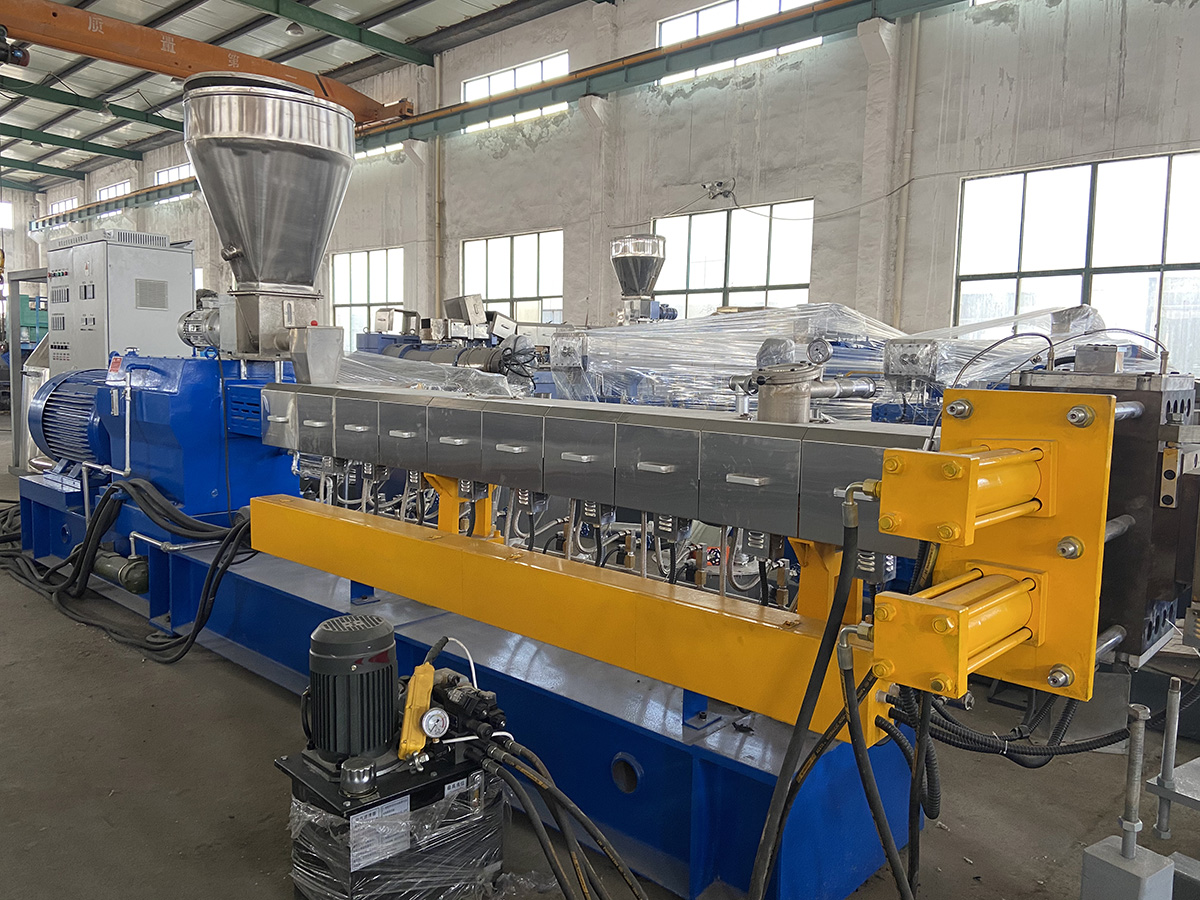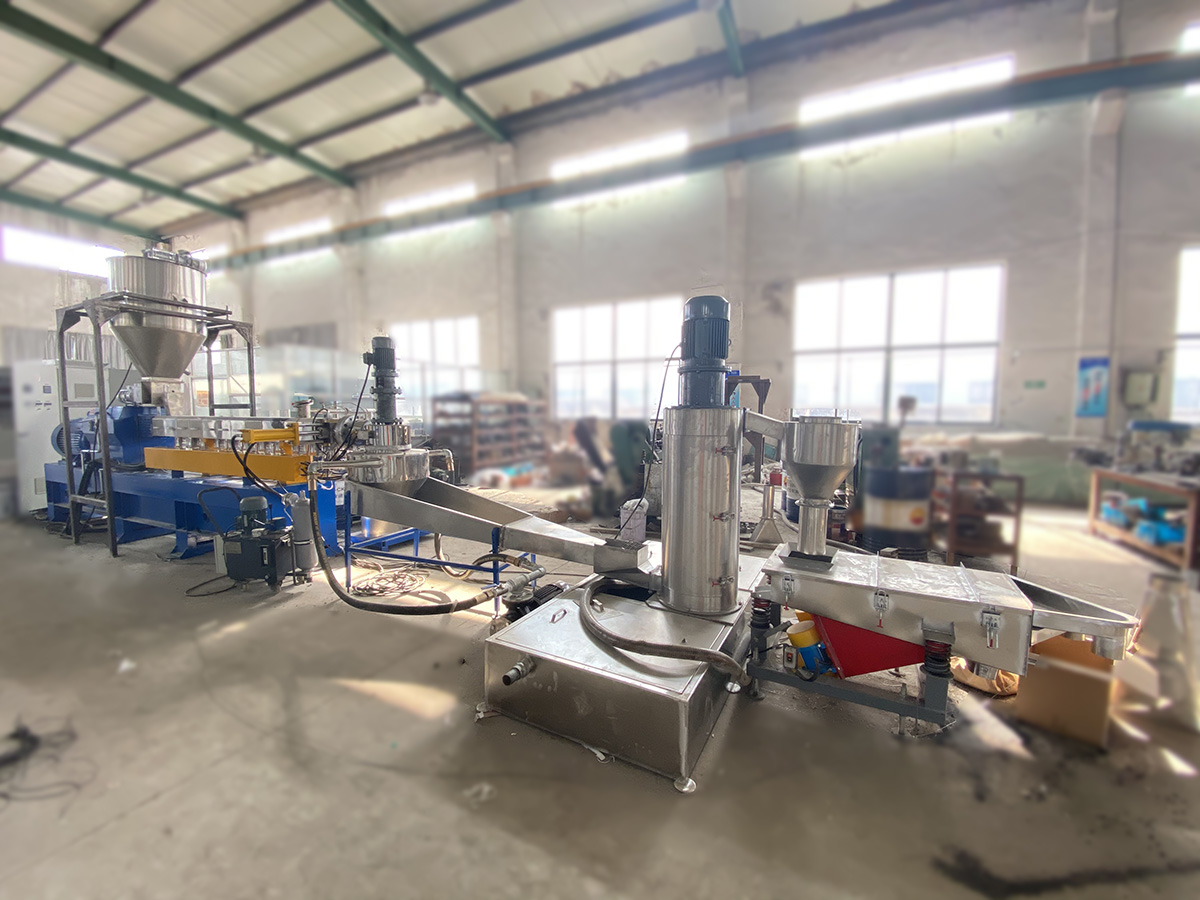The extruder is an important equipment for plastic molding and granulation. The normal use of the extruder can give full play to the efficiency of the machine and keep a good working condition. It is necessary to maintain the machine carefully and persistently to prolong its service life.
The main fault of the extruder is the abnormal noise and vibration caused by the abnormal wear and tear of the transmission parts or damage, poor lubrication, as well as the foreign body stuck, the link blocked material and so on.
Lao Huo believes that in order to avoid the occurrence of faults, in addition to the daily maintenance, maintenance and overhaul in strict accordance with the requirements, we also need to know the following:
1. Screw wear of extruder
The wear reason
The normal wear of screw extruder and barrel mainly occurs in the feeding area and metering area. The main reason of wear is the dry friction between the chip particles and the metal surface, and the wear decreases when the chip heats up and softs.
Screw and barrel is not normal wear and tear will be in the screw ring junction and foreign bodies stuck, splice refers to the material of screw is frozen lock, if the screw extruder lack of good protection device, a powerful driving force likely to twist off the screw, stuck will produce unusually large resistance, cause serious damage on the surface of the screw and barrel of the serious scratch, barrel scratch is difficult to repair. From the design principle of the barrel to ensure that the service life is longer than the screw, for the normal wear of the barrel, generally no longer repair, often use the method of repairing screw thread, restore the hole in the barrel and the radial clearance with the screw outside diameter
Solutions to screw wear
The local damage of screw thread was repaired by surfacing special anti-wear and anti-corrosion alloy. Inert gas shielded welding and plasma argon arc welding are generally used, and metal spraying technology can also be used for repair. First, the worn outer surface of the screw is ground to a depth of about 1.5mm, and then the alloy layer is surfacing to sufficient size to ensure sufficient machining allowance. Finally, the outer surface of the screw and the side of the screw are ground to the original size.






